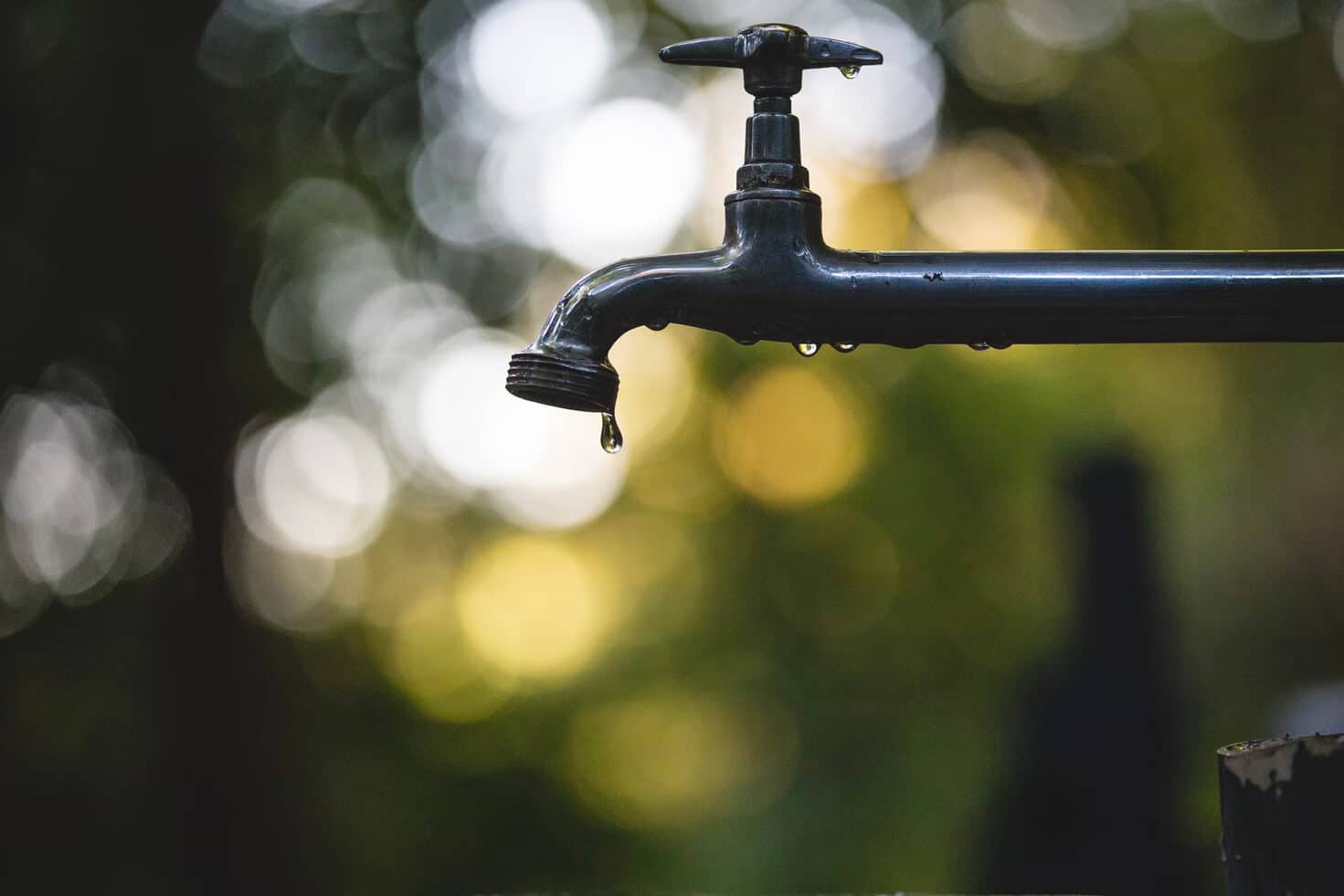
We all know that water plays an essential role in maintaining a healthy and beautiful lawn. However, just because your irrigation system is working does not mean you’re getting the most bang for your buck. Analyzing the efficiency of your irrigation systems can significantly improve your landscape, reduce water usage, and save you money. Here’s how to perform irrigation efficiency audits.
Irrigation Efficiency Audits In 3 Steps
An efficient irrigation system will produce the best results with the least resources. An irrigation audit consists of three main parts, a system performance test, water scheduling, and watering recommendations.
Step 1 – Systems Performance
Your irrigation system’s performance must be tested to ensure it is the proper system for your property.
You should check the condition and pressure of the system on an annual basis. It is essential to know how well your system is working and ensure that each part of the property is getting an adequate amount of water. Each zone must be inspected for any inefficiencies; Any leaks, broken pieces, or improper spacing of sprinkler heads can lead to ineffective operations.
Additionally, each irrigation zone may look different. Slopes, trees, plants, and walkways can all affect the irrigation system and lead to under and over water zones. The irrigation system should allow each zone to receive the proper amount of water to keep the whole property looking green.
By understanding the system’s performance, you can make the changes needed to get the most out of the system and reach higher levels of irrigation efficiency.
Step 2 – Water Scheduling
Once the system has been inspected, the proper method has been selected, and changes have been made, a watering schedule can be implemented for best practices.
The precipitation rate of an area can significantly impact the watering needs of a landscape. If one does not consider the precipitation rate of the site, a landscape can easily be under or overwatered, affecting the health of the turf. When developing an irrigation schedule, you should consider the types of plants in the area, the amount of sun it gets, any slopes and flat areas, the turf conditions, the type of soil, and any present drainage issues.
Another factor to consider when setting up a watering schedule is any water restrictions in place. Irrigation efficiency audits are a great way to ensure you’re staying within any watering limits while still supplying an adequate amount of water to plants and lawns. A watering schedule should encompass the entire lawn’s needs and each individual zone’s needs. An irrigation specialist can develop a customized watering schedule for a property.
Step 3 – Watering Recommendations
The last step of an irrigation efficiency audit is putting recommendations into effect. This goes hand with developing a schedule that works with individual zones and follows water restrictions in your area. Some zones may require more or less water, depending on the plants in the area. The temperature of the site will also affect your landscape health.
Bottom Line
With the help of an irrigation specialist, you can ensure your system is efficient. You can save time and money, reduce water waste, and keep your lawn looking picture-perfect all year.
ColoradoScapes is here to help you effortlessly manage your yard. Learn more about our irrigation services here.
